8 Surprising Ways Lupus Can Affect Your Eyes and Your Eyesight



The Eyes, the Immune System, and Lupus
Your eyes are “immune-privileged” organs. That means when infection and inflammation happen in the rest of the body, a blood barrier keeps the infection out of your eyes. But since lupus is an autoimmune disease, the immune system can run so haywire that it breaks through that protective barrier. This can open the door to all sorts of infection and inflammation in the eyes.
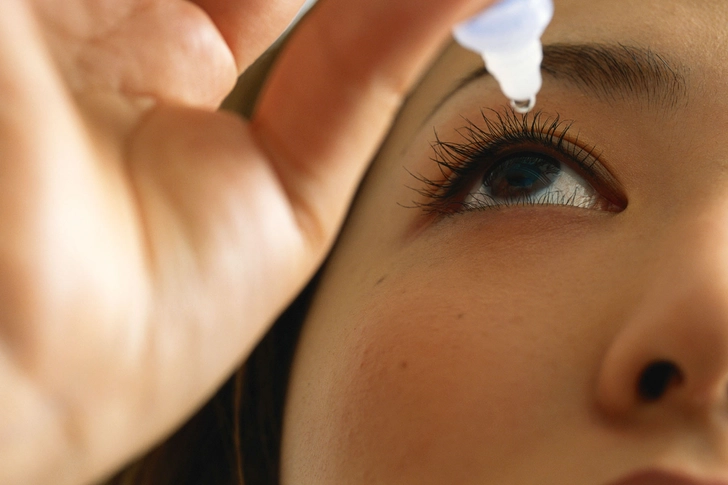
#1: Dry Eye
Your tear glands may get so inflamed that they can’t make enough tears to keep the eyes moist. Your eyes may feel gritty, as if you’ve got sand in them. You might also have red eyes, burning or stinging, and blurry vision. Eyedrops called artificial tears help with mild cases. For severe dry eye, you might need a prescription or surgery.
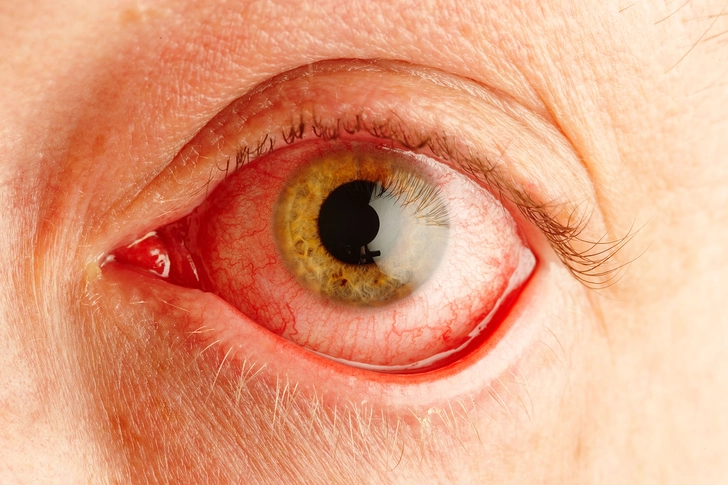
#2: Eye Infections
Lupus can make you prone to infection. Some lupus medications that calm down your immune system can raise your risk, too. This can lead to eye infections. Conjunctivitis, an infection of the clear membrane over the eye, can cause all-over redness and a sticky, watery discharge. You could also get infections in your eyelid. Tell your doctor about eye pain, redness, burning, a discharge, itching, blurred vision, or light sensitivity. They can treat these with antibiotics.
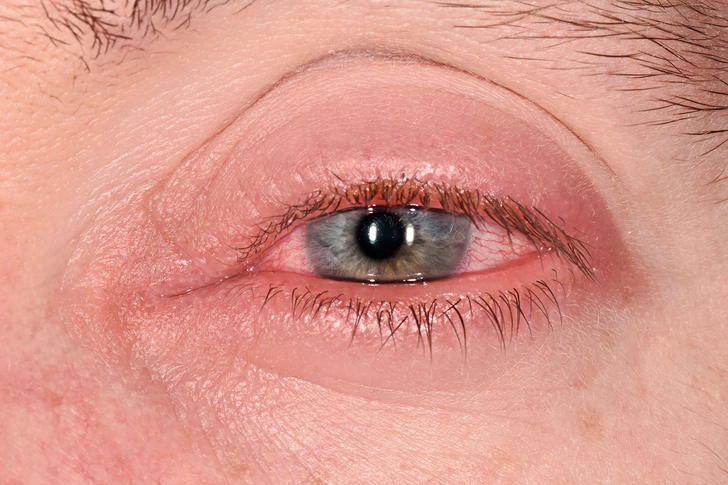
#3: Inflammation Anywhere in the Eye
Lupus can trigger inflammation anywhere in the eye. Uveitis, for example, is inflammation of the uvea in the middle of the eye. Scleritis affects the whites of the eyes (the sclera) and can turn them yellow. Mild cases might respond to over-the-counter NSAIDs, like ibuprofen. For severe cases, you’ll need stronger drugs.

#4: Eye Ulcers
Rarely, people with lupus get ulcers in the cornea, which is at the front of the eye. You might have redness, pain, swelling, blurry vision, or a discharge. The treatment depends on the cause. Lupus itself can lead to ulcers, as can severe dry eye and infections.
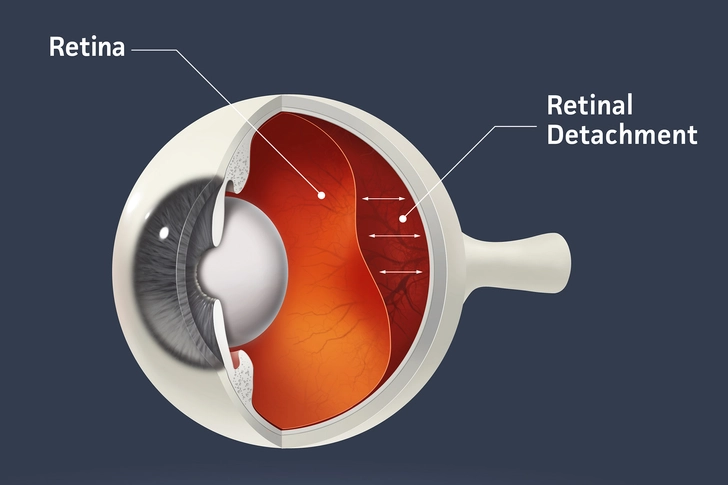
#5: Disease of the Retina
People with active lupus that’s not controlled by medicine may have problems in the retina. They can include low blood supply to the eyes or blocked blood vessels and arteries. It’s possible for your retina to detach, too. Sometimes, getting your lupus under control can reverse retina problems. Other times, you may need treatment. If the problem is severe or left untreated, it could lead to vision loss.
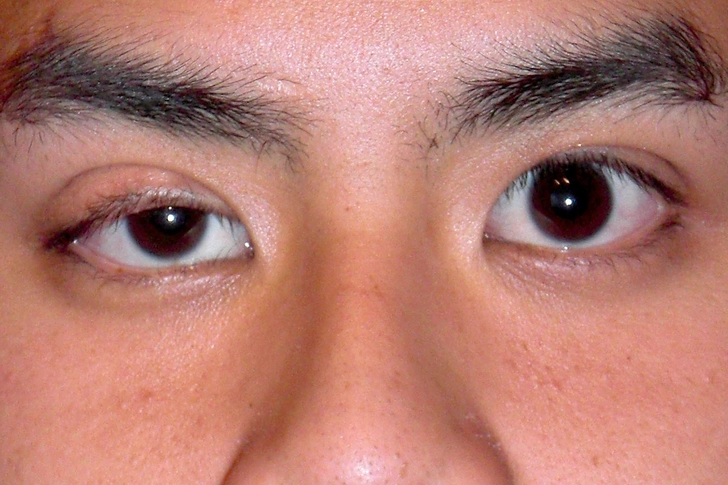
#6: Nerve Damage in the Eyes
Several types of nerve damage lead to different vision and eye problems. You might have double vision, slow pupil reflexes, poor eye movement, and droopy eyelids. You could also lose central or peripheral vision. One type of nerve damage can cause hallucinations. Your doctor will treat these problems with corticosteroids. In some cases, any vision you lost will come back.

#7: Changes Around the Eyes
People who have discoid lupus might get scars and raised scaly patches around the eyes. It can cause the eyelashes or eyebrows to fall out, too. The eyelids may also start to roll inward or outward. Doctors will treat these problems with standard lupus medicine. You’ll get the best results when you report your symptoms as early as possible.
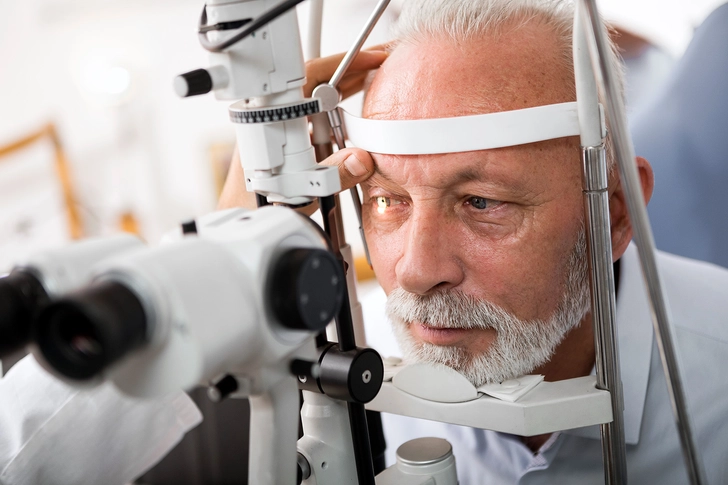
#8: Side Effects of Your Medicine
Besides the risk of infection with immune-suppressing drugs, other lupus meds could lead to eye problems, too. In very high doses, the antimalarial hydroxychloroquine might damage the retina, but it’s rare. Steroids raise the risk for glaucoma and cataracts. Your doctor might change your dose and closely watch your eyes to help manage these risks.

When to Talk to Your Doctor
Most lupus eye problems are rare. If you have symptoms of any of these issues, don’t wait to tell your doctor. It could be a sign that your lupus isn’t well-controlled. In many cases, early treatment of eye problems brings better results.
MAGES PROVIDED BY:
- Moment / Getty Images
- The Image Bank / Getty Images
- Stockbyte / Getty Images
- DR P. MARAZZI / Science Source
- Paul Whitten / Science Source
- iStock / Getty Images Plus / Getty Images
- Science Source
- Grace Cary / Getty Images
- Nastasic / Getty Images
- Shannon Fagan / Getty Images
SOURCES:
Hospital for Special Surgery: “Eye Problems in Lupus.”
Lupus UK: “The Eyes and Lupus.”
Baptist Health: “Eye infection symptoms, types and treatments.”
Cleveland Clinic: “Corneal Ulcer: Symptoms, causes and treatment.”
Lupus Foundation of America: “How lupus affects the eyes.”
My Vision: “Lupus and Eye Issues: How Lupus Affects Your Eyes.”
Nature Eye: “Refractory discoid lupus erythematosis of the eyelid successfully treated with intra-lesional triamcinolone.”